The Ultimate Guide To Quilt Sizes
Quilts come in all shapes and sizes. As far as quilts are concerned, there is no “right” size. Some are square, some rectangular, and some of mine have accidentally become rhombus in shape. This post includes a clear quilt sizes chart to visually show standard quilt sizes as well as standard quilt batting.
Before getting into too many details, take a look at this quilt sizes chart!
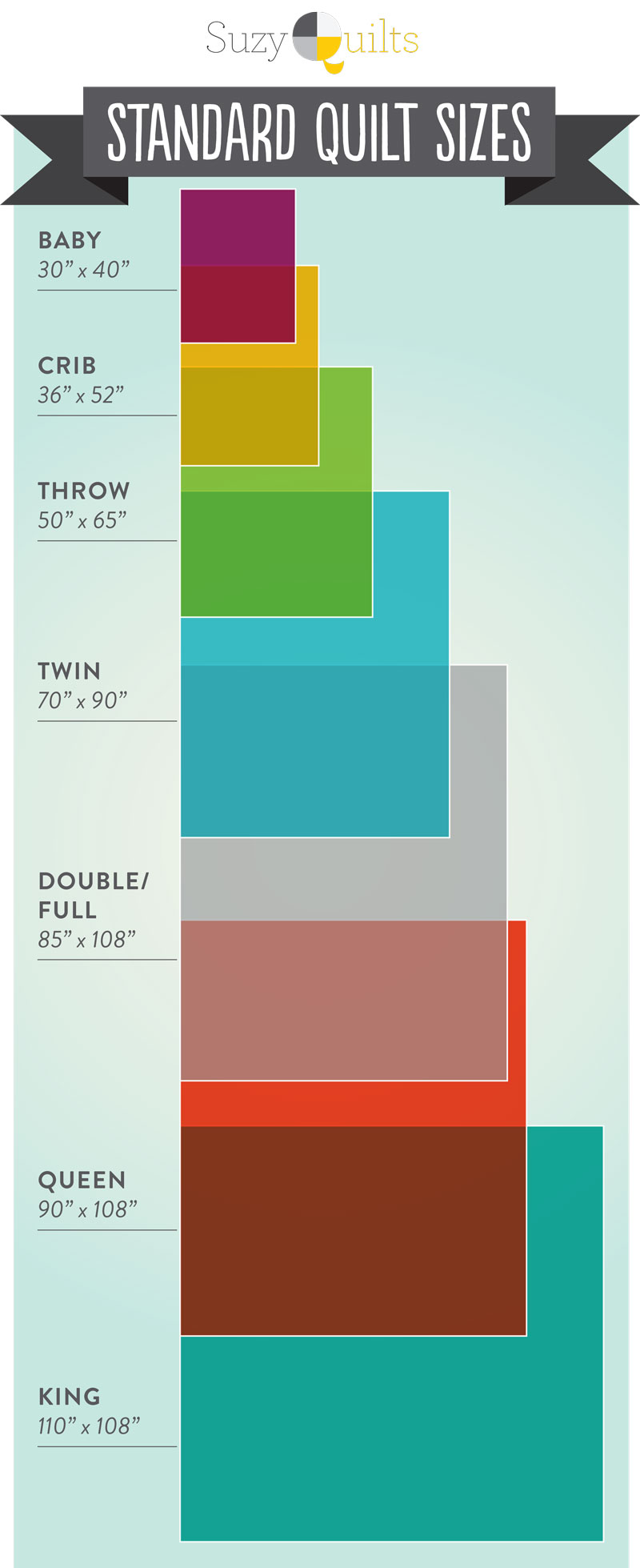
Just because a crib quilt is usually 36" x 52" does not mean that you have to make all of your baby quilts fit that shape. However, if you are trying to cover a mattress that is a certain size, the dimensions of your quilt will become less loosey-goosey and should remain relatively standard.
These sizes are approximate and can vary from 4" - 8". If you have access to the bed you wish to cover, give it a quick measure so you don’t have to guess. When taking these measurements, remember to add length for the quilt to hang off the edges of the mattress.
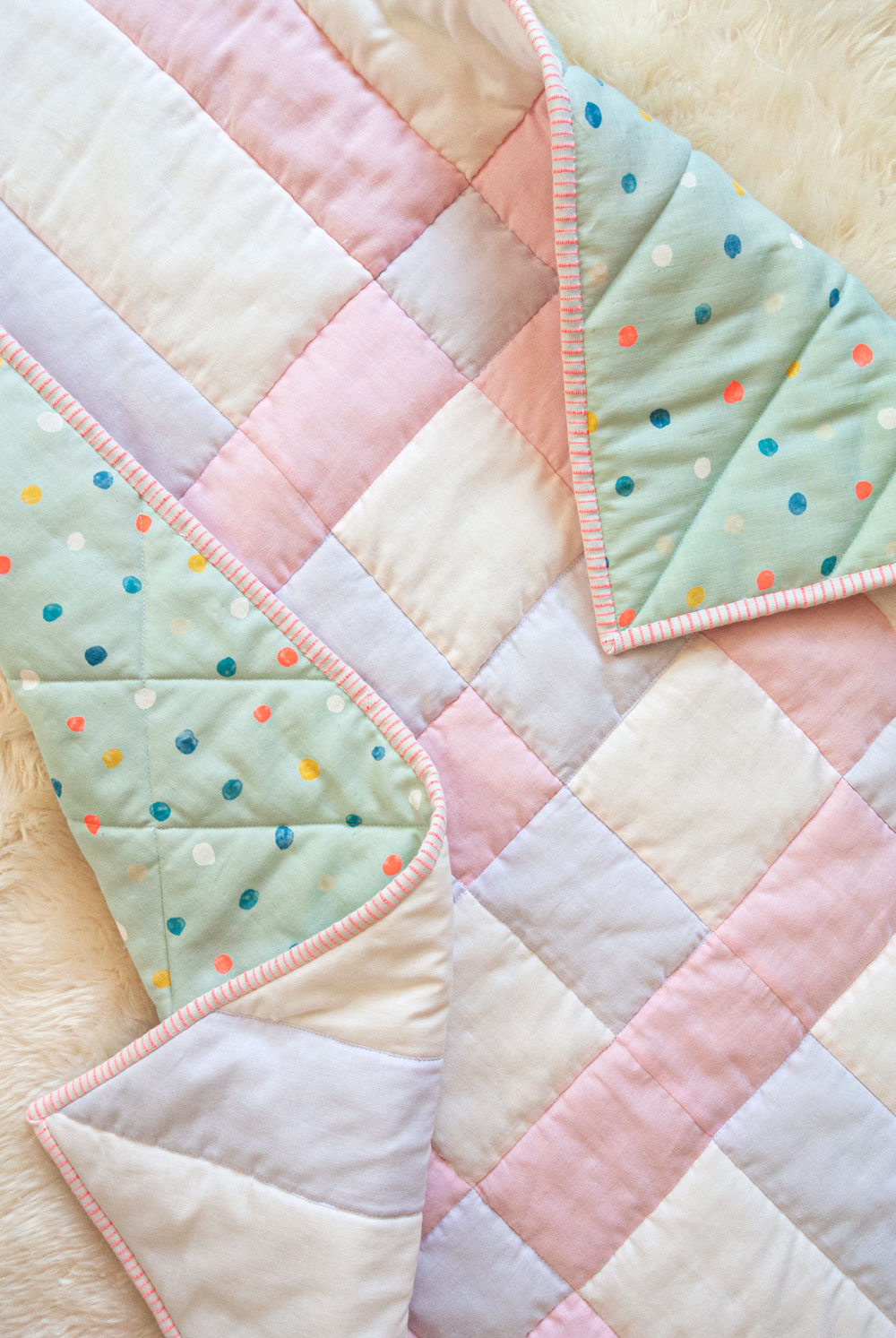
Above is a Fishing Net baby quilt. Read more about the making of this quilt here and purchase the pattern here!
Trending patterns!
Once you have the size of the bed + how much overhang you like figured out, there are a couple more measurements left to make – batting and backing. The size of these two things depends on how you intend this quilt to be quilted.
If you baste and quilt it yourself, a couple of extra inches overhanging for both the batting and the backing on each side is adequate. If you would like a long arm quilter to quilt it for you, a 4" overhang for both batting and backing on each side is the standard requirement. If you are new to using a longarm quilter, double-check with them.
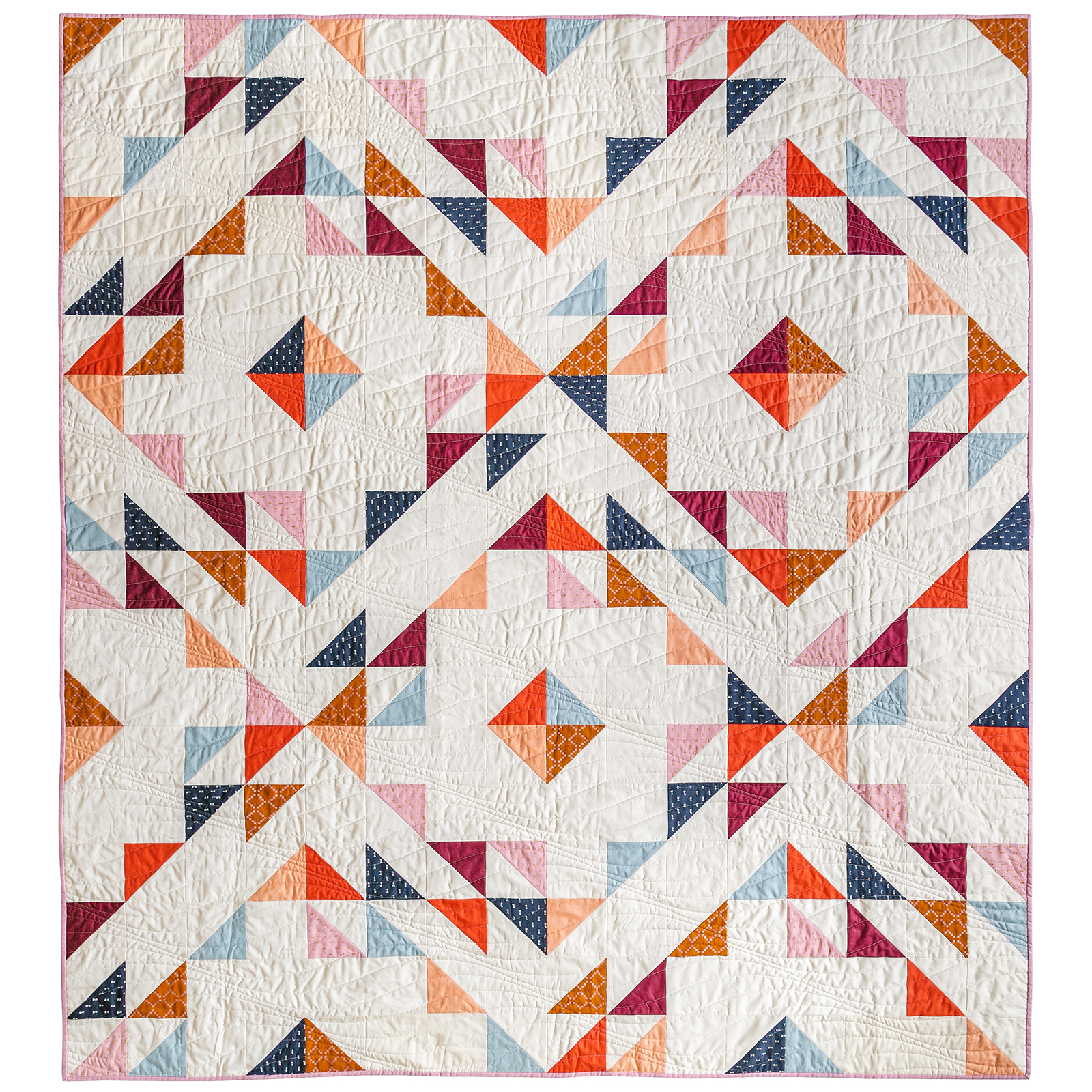
This Summer Haze quilt was longarm quilted by Trace Creek Quilting using the Modern Waves design. You can purchase this quilt pattern in the shop!
If you plan to quilt it yourself, you will need to buy batting. You can either buy a large amount and cut it down to the size you need, or you can purchase pre-cut batting which comes in set standard sizes. You will notice that some of the pre-cut batting is either not large enough for proper overhang, or is cutting it really close and not going to give much wiggle room. Personally, I like to buy a large amount of batting and then cut it down to the size I need.
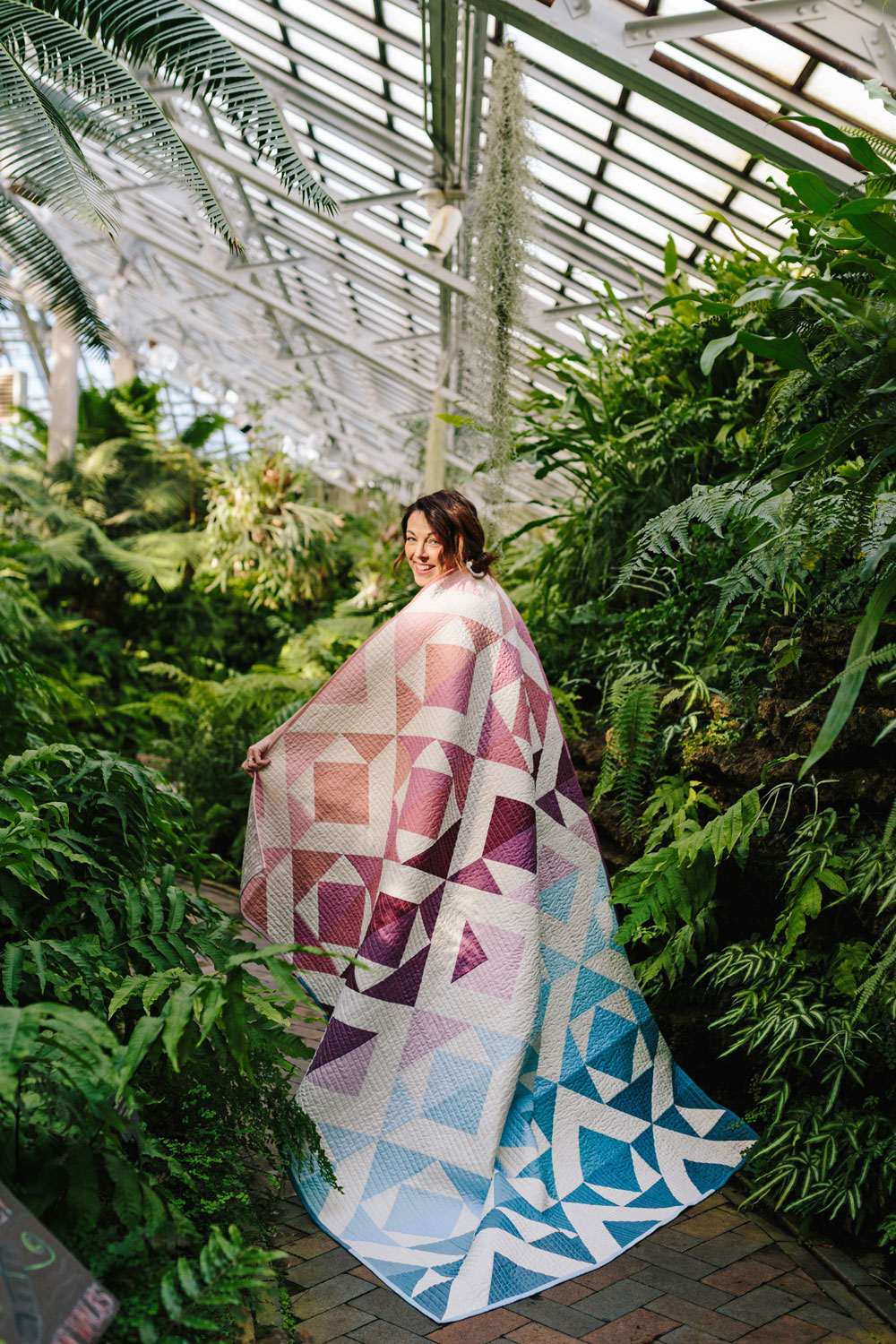
Above is the Nordic Triangles quilt pattern. You can purchase the pattern here!
Below you will find a quilt size chart with king size quilt dimensions all the way to baby quilt sizes.
| Pre-Cut Batting Sizes | Standard Quilt Sizes |
|---|---|---|
Baby | | 30" x 40" (very approximate) |
Crib/Toddler | 45" x 60" | 36" x 52" |
Throw/Lap | | 50" x 65" (very approximate) |
Twin | 72" x 90" | 70" x 90" |
Extra Long Twin (eg. dorm bunk) | | 70" x 95" |
Double/Full | 90" x 96" | 85" x 108" |
Queen | 90" x 108" | 90" x 108" |
King | 120" x 120" | 110" x 108" |
California King | | 106" x 112" |
A Quick Quilt History
As a young girl growing up in the US, and the midwest in particular, I always felt a bit cheated when discussing history and heritage. The first time I was asked, “Where is your family from?” I confidently said, “America!” (I was 12, so give me a break.) “Yeah, but where did they originally come from?” was the follow-up question.
“hmmm...America?”
In that moment I realized that being “American” wasn’t a very good answer when asked about heritage – because heritage is supposed to be old...and comparatively America isn't that old. So, being 12, I ran home and asked my mom.
Sadly for me, she didn’t have a much better answer. Also to my chagrin that didn’t seem to bother her. Having a fairly short attention span, I eventually followed suit and got back to worrying about boys, braces, and my fledgling summer tan – you know, important things.
What was that? You wanted a visual?
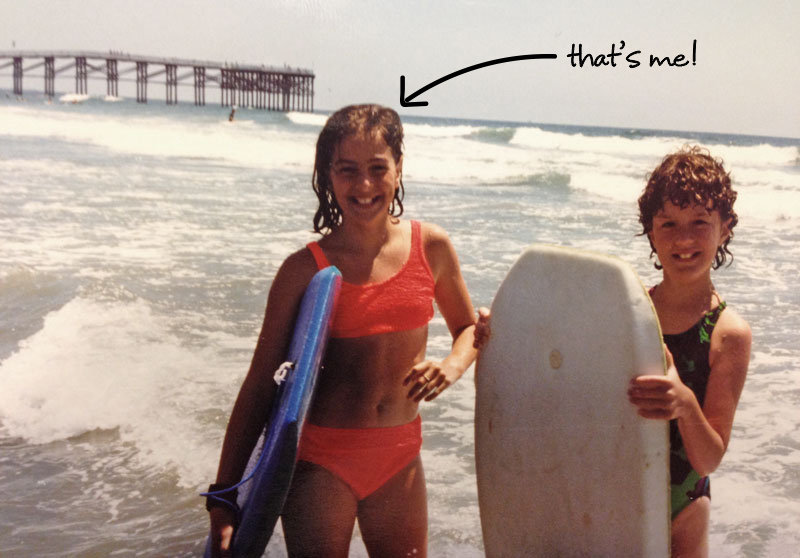
I thought you would enjoy that 😉
However, the idea that I had no heritage would still resurface occasionally and weigh on my little adolescent heart. It wasn’t until I was 15 and learned to quilt that I began learning about something that was truly American and also truly wonderful!
Yes, yes, we here in the US weren’t the first ones to make quilts, BUT we did play a major role in popularizing patchwork quilts, and that’s quite the historical achievement in my opinion.
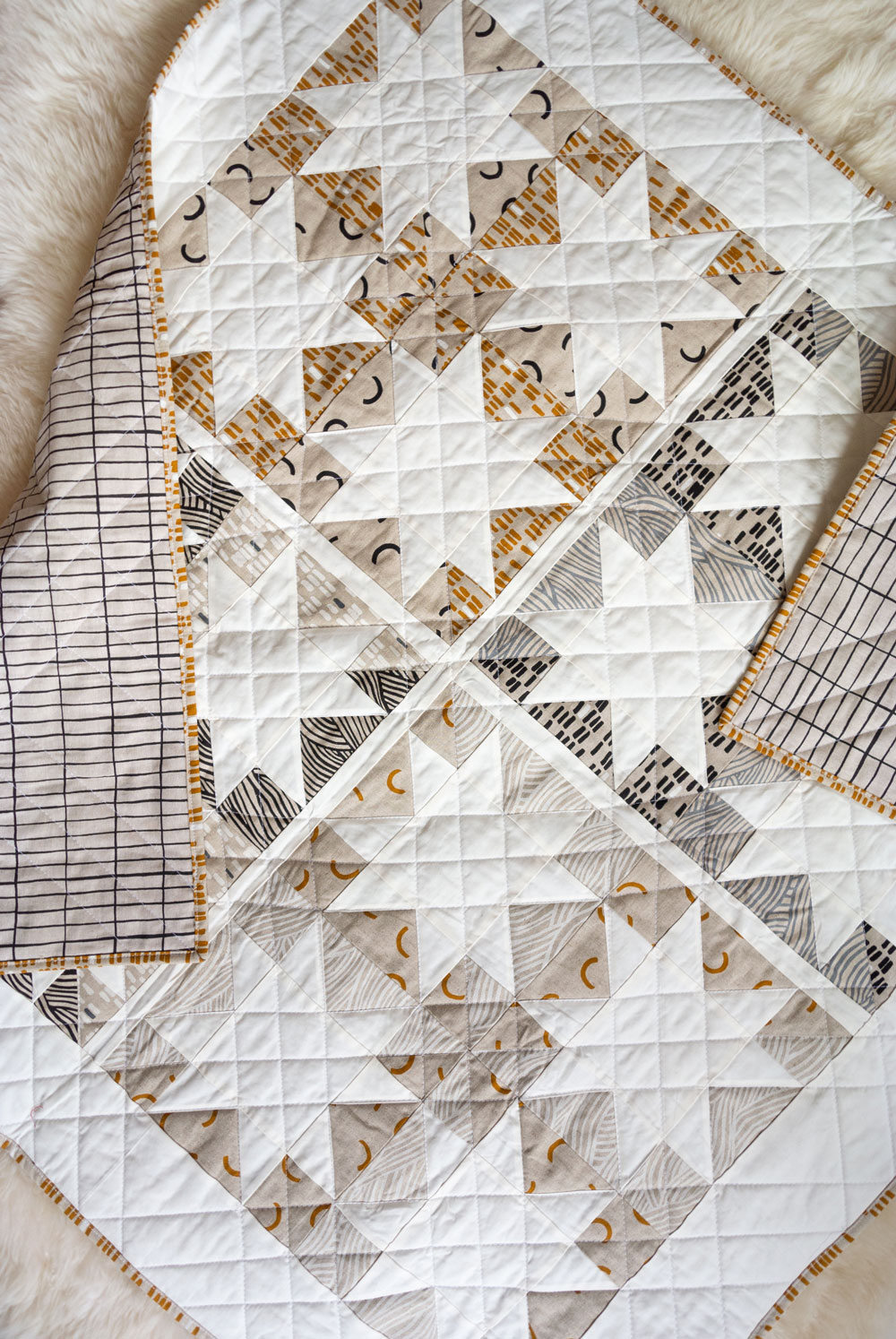
Above is the Stars Hollow quilt. Get the pattern here!
What is a Patchwork Quilt?
Let’s define a patchwork quilt – quilt tops that are composed of separate blocks or elements sewn together. While some of these pieces were the result of making economic use of scrap fabric, complex patchwork quilts are generally the result of an abundance in the availability of fabric.
Once textile mills began manufacturing in the United States, fabric no longer needed to be shipped from overseas. Most of the earliest American quilts were wholecloth quilts, but as fabric became more affordable and more widely available here, patchwork quilts grew in popularity.
Quiltmakers broadened their designs from simple scraps to geometric patterns created through a series of blocks. While some traditional quilt blocks first appear in quilts made in Europe, the booming US quilt economy gave this new type of quilt a distinctly American expression.
In the 100 years between 1750 and 1850, thousands of quilts were pieced, patched, and sewn together. Thankfully for us, some of those quilts are still preserved today. These early quilts provide a glimpse into the history of quilting as well as a story of what life was like for early American colonists. The American Quilt: A History of Cloth and Comfort from 1750-1950 by Roderick Kiracofe and Mary Elizabeth Johnson is a great reference.
Much has changed in the textiles industry over the last few centuries. The fabrics we use in modern quilts have most definitely evolved, but a lot of the same quilt patterns we now see came from those early quiltmakers. When looking through early traditional quilts, you will see some similarities between now and then and begin to understand how much traditional quilting still influences the designers of today.
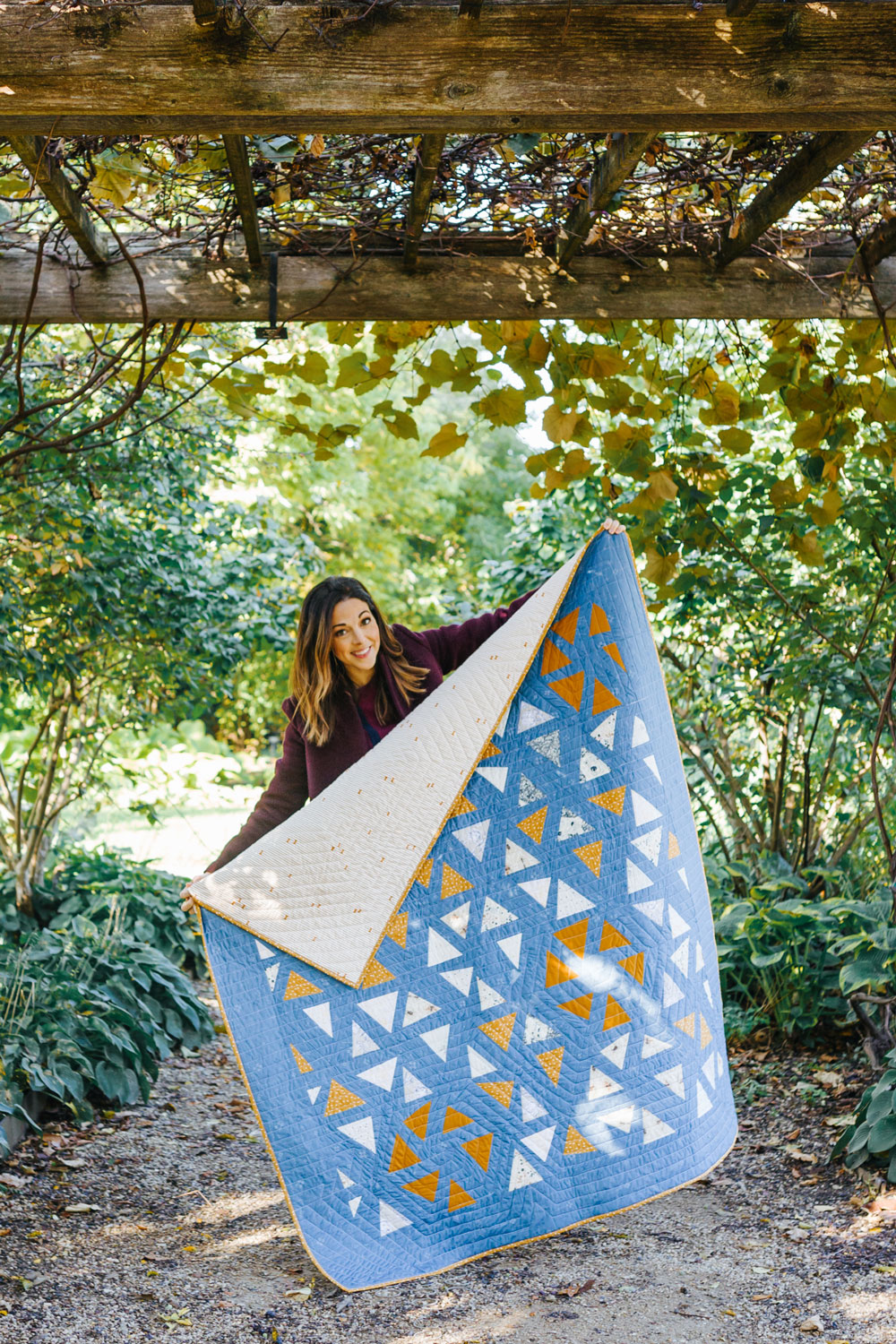
Above is the Perennial quilt. Get the pattern here!
Check Out My Favorite Sewing Notions!
- How to Choose the Right Quilt Batting
- The Best Sewing Table
- The Best Quality Thread: Part 1 and Part 2
- 5 Best Cutting Mats for Quilters
- Best Rotary Cutter
- The 4 Best Quilting Rulers
- The Best Iron for Sewing
- The World's Best Sewing Scissors
- Your Guide to Finding the Best Thimble
- Best Pins for Quilting
- The Best Quilt Marking Tools
- Fusible Batting Tape: Why You Need It and How to Use It.
- 8 Things You Never Knew About a Tailor's Clapper
- 5 Types & Sizes of Hand Quilting Needles
- Must-Have Quilting Tools
Early Quilts: The Medallion
Immigrants to America brought framed medallion-style quiltmaking techniques with them. These quilts were popular in the late 18th century. However, quiltmakers in Europe and Britain continued to prefer making these quilts well beyond that time. Medallion quilts have made a modern resurgence — some even playing with asymmetry.
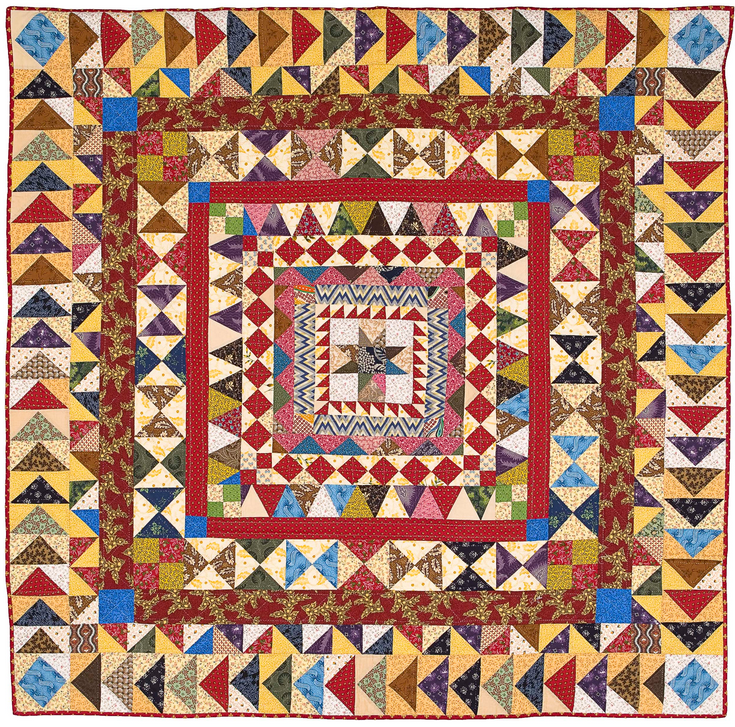
The above quilt was made by Gwen Marston. See more of her quilts in her book, Liberated Medallion Quilts.
It is a traditional medallion quilt using Civil War reproduction fabrics. In this type of quilt a central block or motif is surrounded by multiple borders. Below is a medallion quilt I created featuring unicorns, snails, birds, and a tiny little 2" princess right in the middle. Check out The Modern Medallion Workbook for beautiful modern medallion patterns!
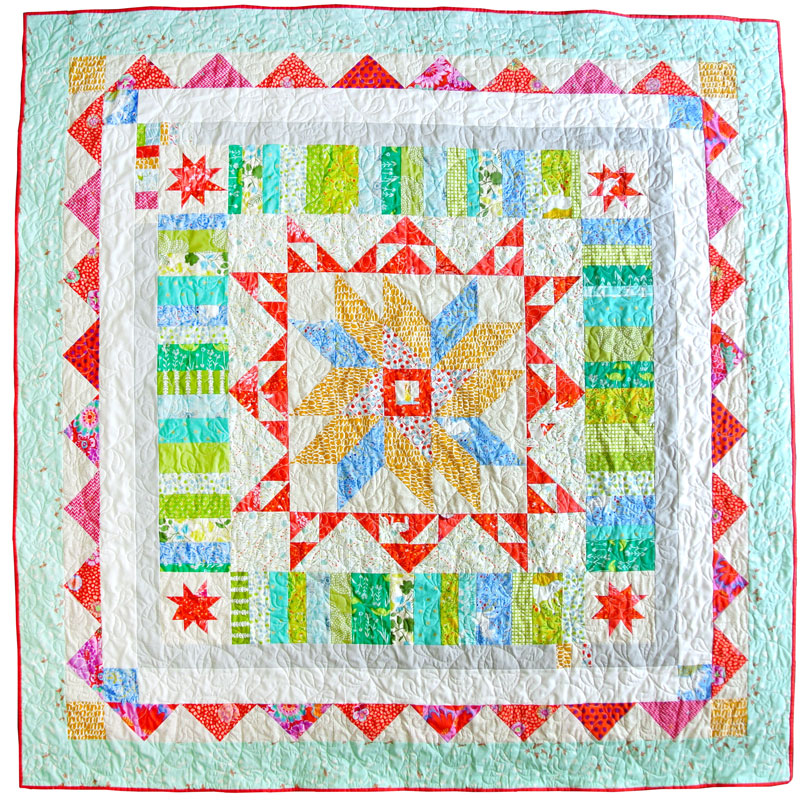
Depression Era: A Quilting Revival
Quilting thrived during the Great Depression. Surprisingly, some of the brightest most cheerful quilts came from one of the darkest periods in American history. Quilting was an activity that allowed women to be creative and social while still making something practical for their families.
Quilts from the 1930s are very distinct and recognizable. Small chintzy patterns and delicate florals were mostly printed in pastels. Blocks typically used solid colors as background fabrics – creams, yellows, pinks, and light blues.
Below is a modern quilt using reproduction 1930s fabric. You can get this pattern in the book Treasures from the '30s: Cheerful Quilts with Vintage Appeal by Nancy Mahoney.

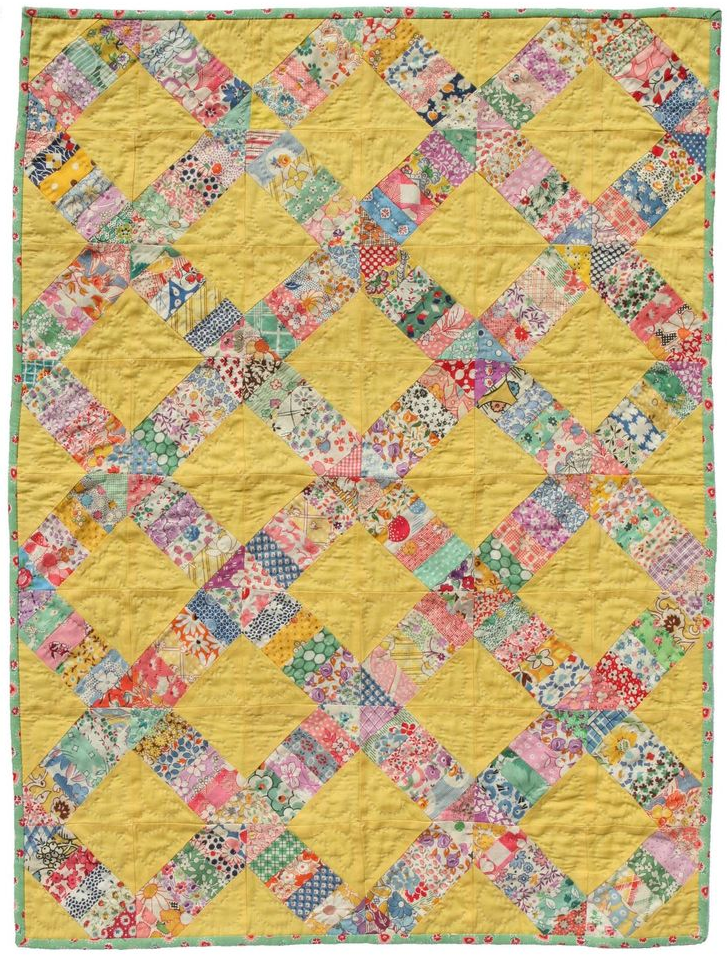
Gee's Bend: A Rich Quilting Heritage
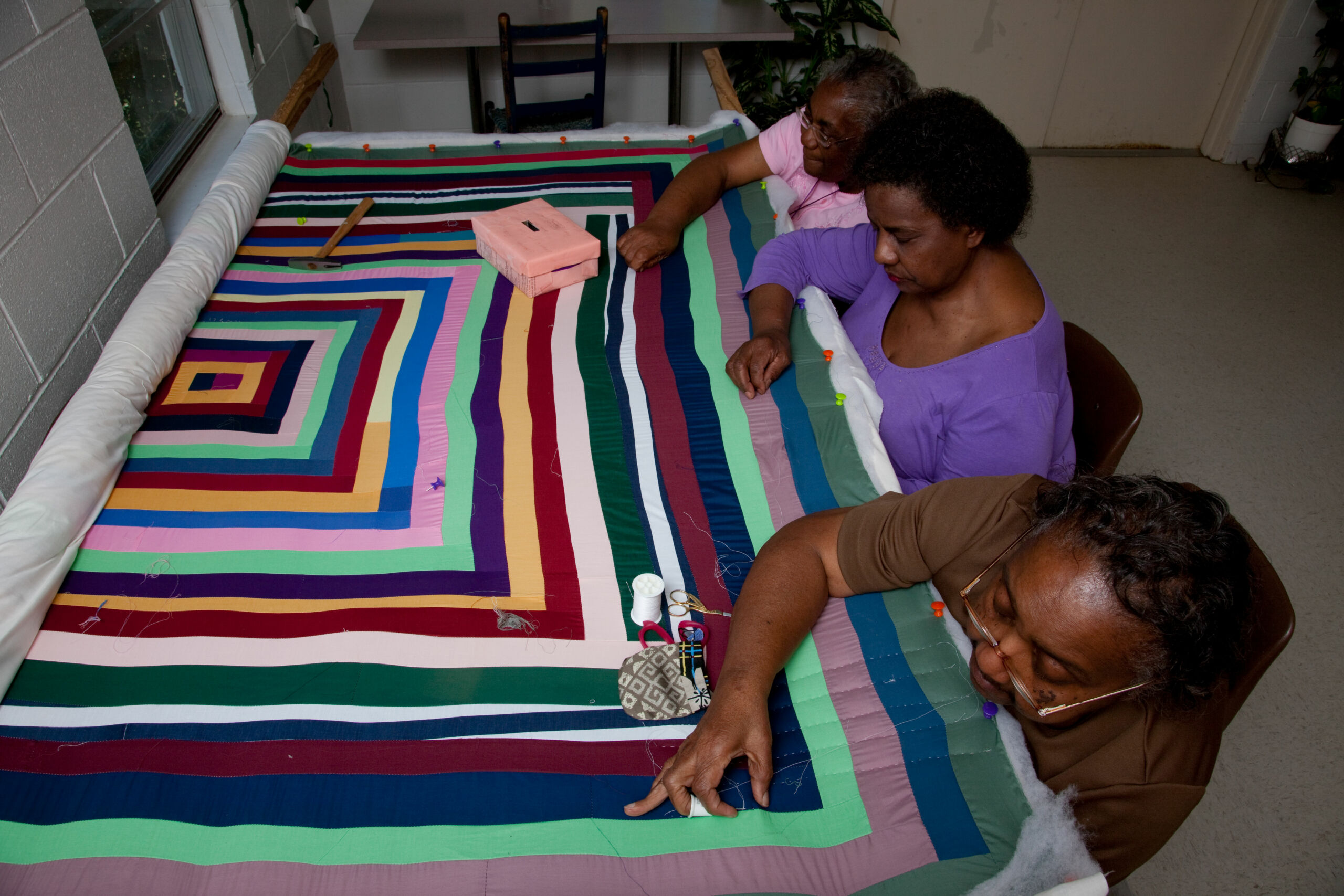
One example of traditional blocks transforming into modern design is the quilting of Gee’s Bend. These works of art were created by a group of women who lived in the isolated African American community of Gee’s Bend, Alabama. The quilting tradition in Gee's Bend dates back to the 19th century when the community was the site of a cotton plantation.
As the Souls Grown Deep Foundation writes, "The residents of Gee’s Bend, Alabama are direct descendants of the enslaved people who worked the cotton plantation established in 1816 by Joseph Gee. After the Civil War, their ancestors remained on the plantation working as sharecroppers. In the 1930s the price of cotton fell and the community faced ruin."
However, quiltmaking flourished. And today, Gee's Bend quilts are collected by museums and quilt enthusiasts alike. Their quilts are even available on Etsy! You can also go on a Gee's Bend quilting retreat to learn directly from this group of master quilters. Click here to see a gallery of over 120 Gee's Bend quilts!
Gee's Bend images courtesy of the Library of Congress.
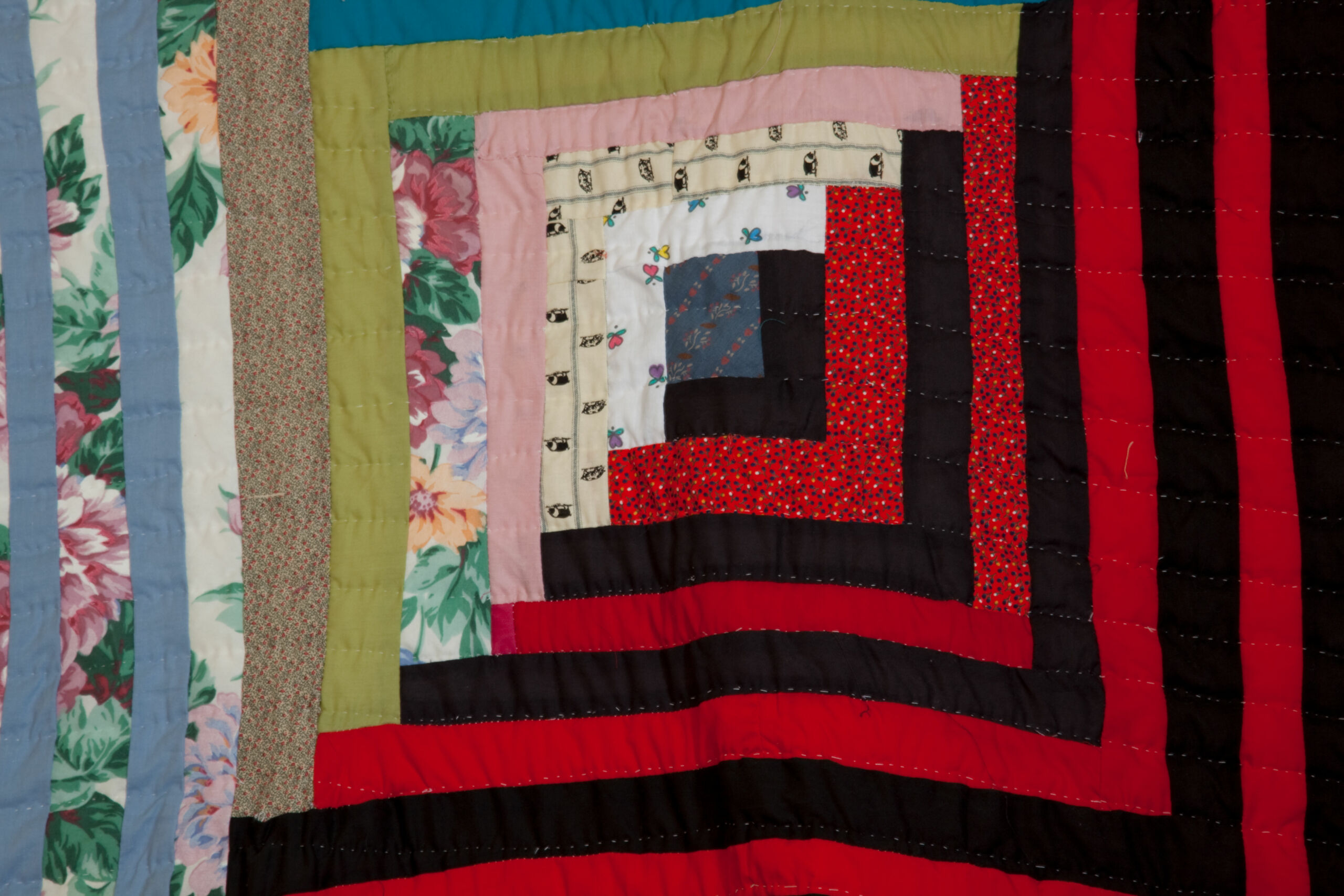
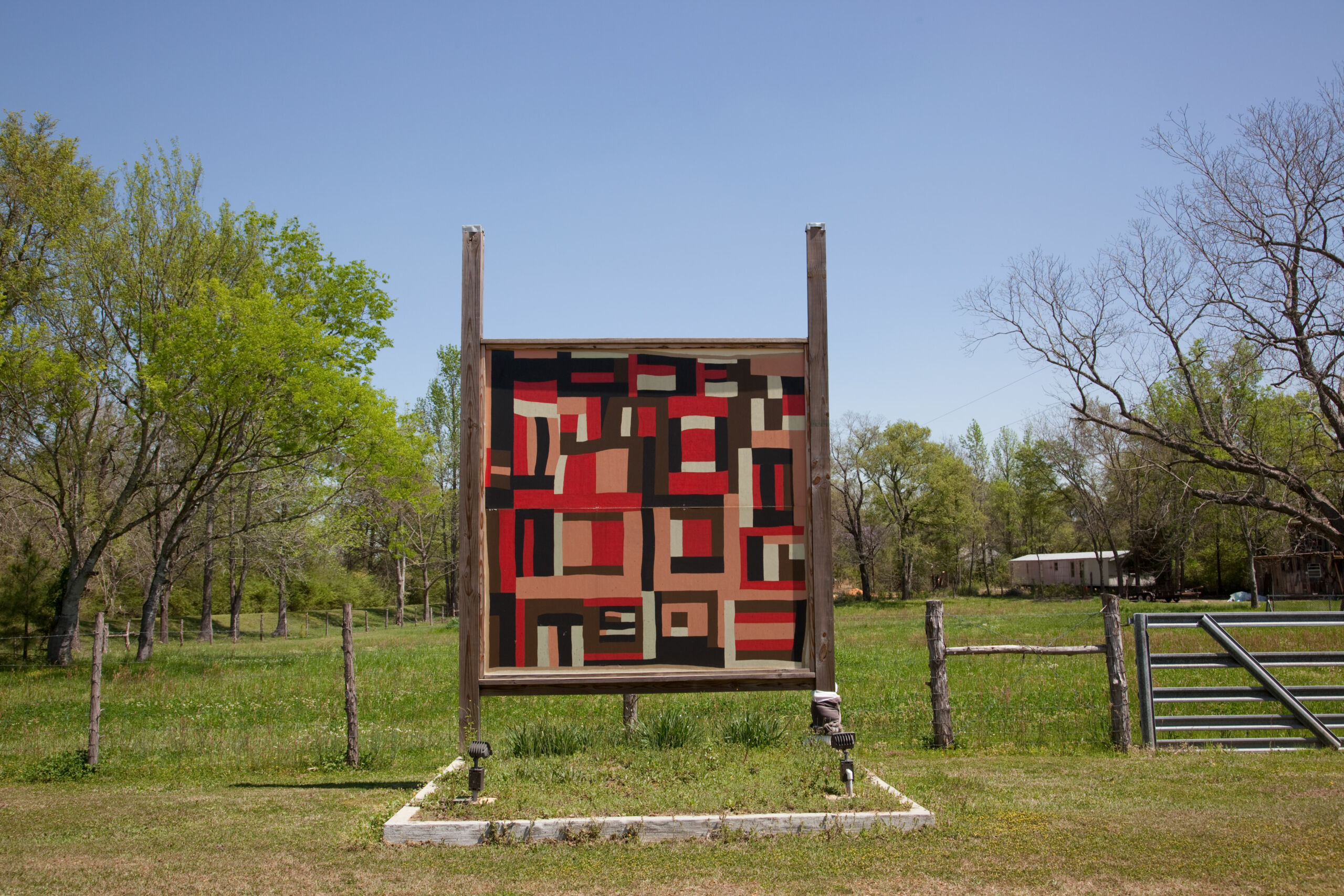
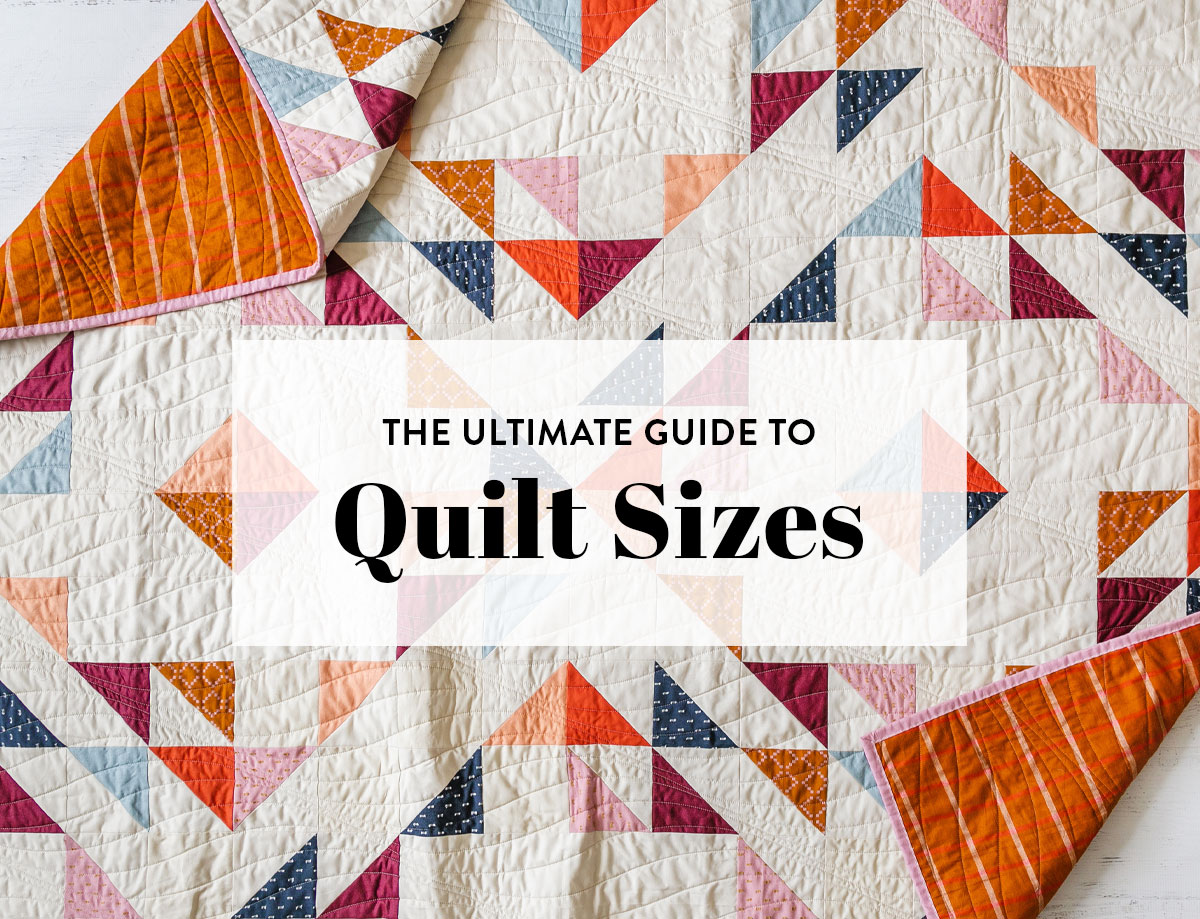
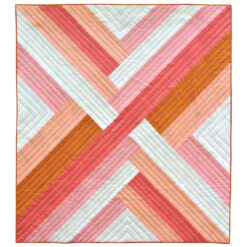
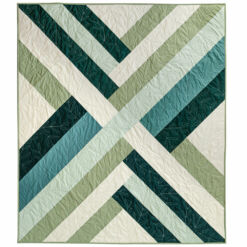
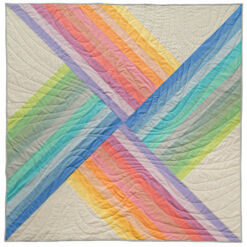
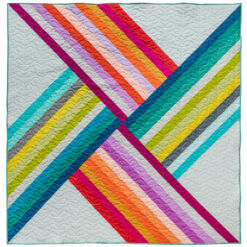
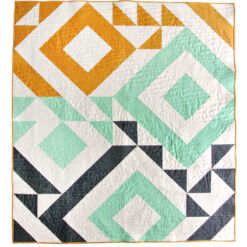
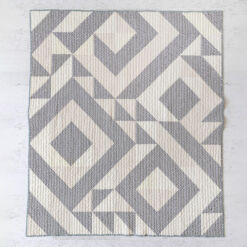
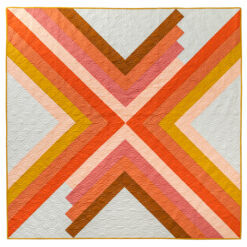
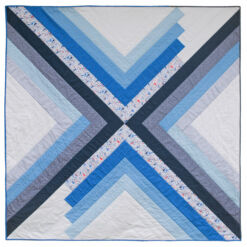
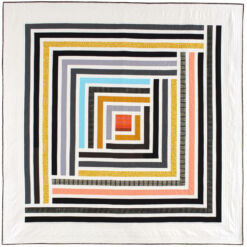
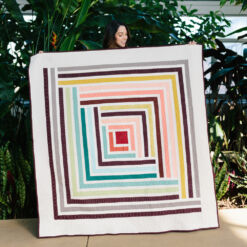
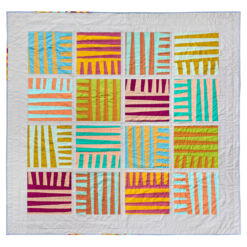
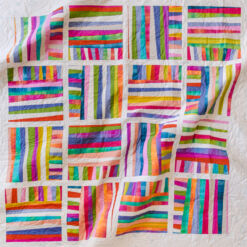
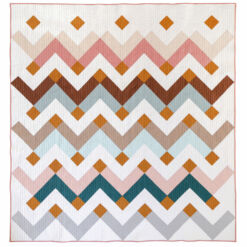
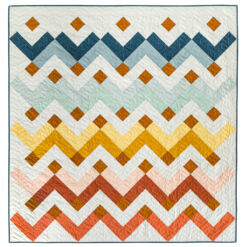
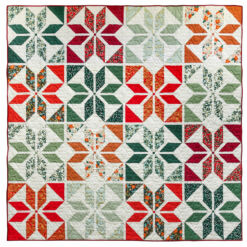
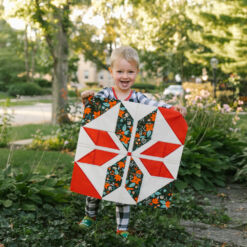
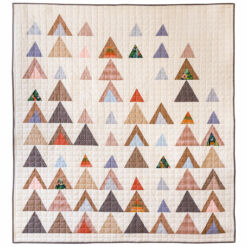
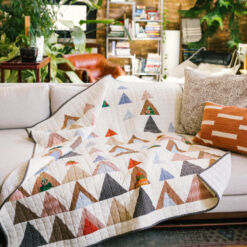
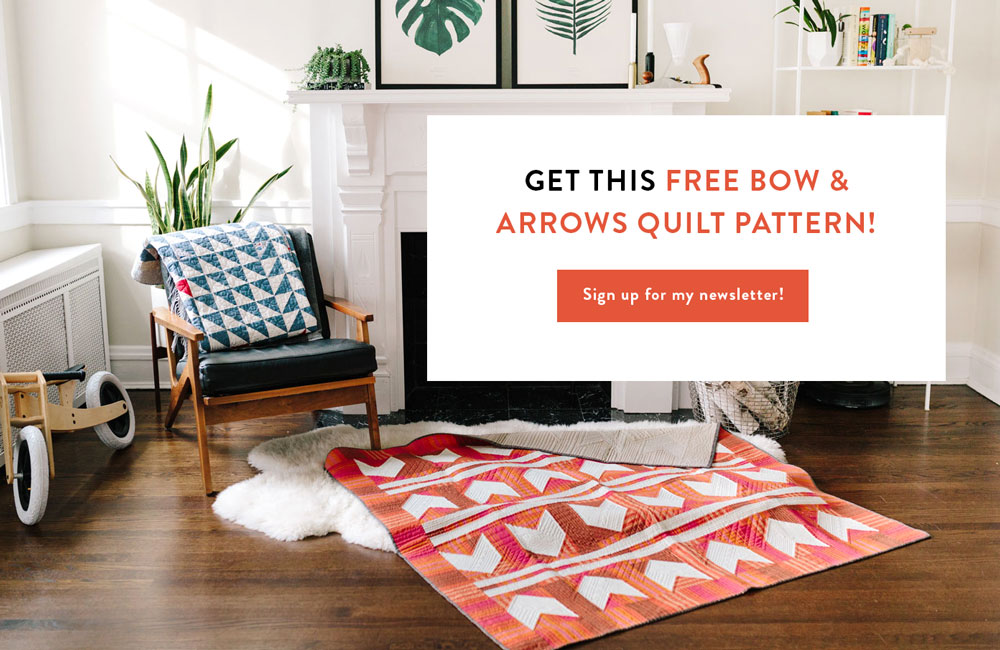
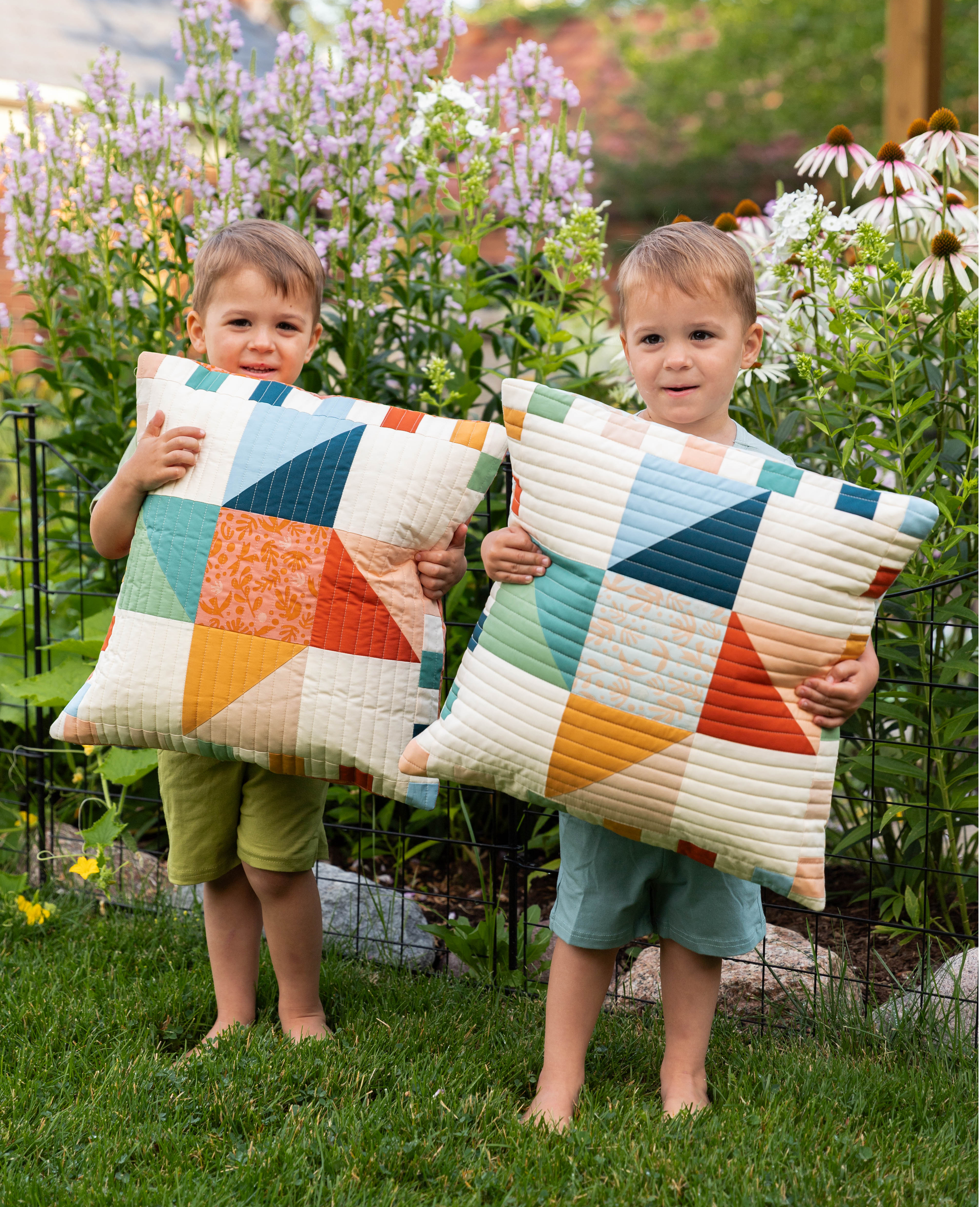

Nice one! It’s always surprisingly tricky to come by these measurements. Great history too (from an Aussie who really has no clue but I’ll trust ya!)
I totally agree! I would find myself googling it all the time! Hopefully this infographic will come in handy 🙂
as a 77 year old retired man, I took up quilting from when my mother had me sewing 9 patches in my youth to keep me out of meanness I suppose. I also like your stories and grammar. sorry that mine is so fragmented.I have made a quilt for each of our 8 children and used my own design and some from magazines and other ideas.
I have become the goto sewer for relatives near me to repair clothing and such. I have made many holsters for carrying cell phones but only for my own use , as others don’t want to carry their phones on their hips. I have made table runners, wrist bands of key holders, Christmas tree folded napkins and other assorted items.
Way to go! I have my husband making machine embroidered items such as in the hoop projects. So your sewing straight stitches is impressive to me!
I love your story Leon! You’re a prince among men. Anyone who quilts and sews is a special person. I took up quilting 3 years ago when I retired from 41 years of ER & Trauma nursing. I’ve run into many people from all walks of life who are quilters and šewers and each in their turn have so much to share and give to others. I’ve found my niche at last and finding the fellas who quilt and sew just adds the frosting on the cake. God bless you sir! Keep going strong in your craft.
So it’s not to late for me. To learn ? I learned on quilting frames & hand stitching I’m 69 now just got my first sewing machine very intimidating want to make a king size quilt can anyone tell me how many blocks I need if I use 10” squares
Thanks for all the helpful information. I want to make a handmade homemade quilt so bad. I will be a newbie for sure. Do you have any helpful information for me as a beginner in quilting. I have a queen sized bed and my son has a double bed. For the queen and double what style should I do to start with that’s fairly easy and how much material will I need for each one. I have a brothers sewing machine. It has a quilters foot with the machine so it is quilt compatible. Thanks for all your help in advance.
Start simply ….you could purchase a quilting magazine or watch some youtube videos on the subject …Both are excellent teaching aides …good luck 🙂
Hello! Do you know the pattern for the yellow quilt under the depression era heading. It is simply beautiful! I’d love try to make something like that. Thanks!
Hi Megan, I know the pattern under “Crosswalk” and you can find a tutorial here: https://quiltingtutorials.com/tutorial/the-crosswalk-quilt
I’m 70 and a beginning quilter! I really like your size chart. Thank you! I’ll be visiting your web site frequently for other information on sewing quilts! Thank you!
Lovely article. Loved reading through it …
I am from India and traditional Indian quilting is a very very old tradition here and different parts of India make distinctly different types of quilts. do let me know if u would like me to write a guest post.
Thanks so much and I would love for you to guest post. Could you send me an email about what you would like to write about?
How many 91/2″ squares for a queen quilt
Thank you for sharing with me on Pinterest! I enjoyed reading and looking at what you have posted!
I have been looking for a chart on the sizes of quilts for a long time. I really like what you have done. Thank you. Martha
Suzy, I just have to tell you that I’m very appreciative of your excellent grammar, punctuation and writing style! It’s downright refreshing… So many blogs have good information and offer wonderful creative ideas, but are so poorly written! (Were you an English major, by any chance?) THANK YOU for writing so beautifully!
(Oh, and loved your post too……) ????
What a sweet compliment! Definitely not an English major; just an art major with a deep dread of all writing assignments. I come from a family of writers and spent most of my school days manipulating one family member or another into writing for me. I’ve found that questions like, “If you were to write a 10 page paper on King Henry VIII, how would you begin?…Oh yes, BRILLIANT. Then what would you say? Here are some history books for you to read if you’re not familiar with him. I’ll come back in 30 minutes so we can discuss more.”
Worked every time. hahaha
Maybe some of their abilities have finally transferred over through osmosis…I have been spending more time with them lately… 😉
I can relate. The commas get me every time. My sister has an excellent grasp of grammar. I found myself having her “proof read” my writing assignments.
Thanks for all the great information about quilting. I am a beginner and would like to make a rag quilt for a baby. I would like the quilt to measure 30″ X 40″. I plan to cut 6″ squares, using five different fabrics. I’m having a hard time determining how much fabric I should purchase. Can you help me?
I would suggest buying a charm pack – which is a pre-cut bundle of 5″ squares. That way you get all of your fabric in one purchase and you don’t have to cut anything. To make a 31.5″ x 40.5″ quilt you would need 7 squares across and 9 squares down for a total of 63 squares. (I’m calculating the squares at 4.5″ because of the 1/4″ seam allowance on all sides.) Good luck!
Suzy – Your suggestion to Eve is off by a bit. Your math forgot to include seam allowances if using a charm pack. With a rag quilt, Eve needs to use 1/2 inch seam allowances, which would mean that a 5″ square would finish at 4″, so a 6 squares across would be 24″ wide and 8 squares down would be 32″ long. To make the quilt finish at 30″ X 40″ with 5″ cut squares, Eve would need 7.5 squares (round up to 8) across by 10 down. If she truly wants to cut 6″ squares so they finish at 5″, then your original suggestion of 6 squares across by 8 squares down would be accurate.
Nice work! Thanks, Julie 🙂
Don’t forget you also lose about 3/8 of an inch on each side of the square to clip for the “rag” effect
Nice photos Suzy! I have been looking for a chart on the sizes of quilts for a long time. I really like what you have done. I am from India and traditional Indian quilting is a very very old tradition here and different parts of India make distinctly different types of quilts..
Do you have sizing for s California king?
A California King quilt is about 114″ x 120″
Very well written. I, too, enjoyed reading something literate (as well as interesting). Good use of photographs to illustrate your points, too. I hope your blog is monetized. You deserve to be paid for your hard work. Great job. Diane
Thanks, Diane! Appreciate that and have just started dabbling in monetization. If you have any tips, let me know!
I like your site . tanks
I look quite often as to quilt sizes, but the problem I have is I have a California king bed and I have never found quilt patterns for that size of bed (maybe Cal King is just a west coast thing!). Do you know if there is a “rule of thumb” to convert king size quilt patterns into Cal King size? Thank you!
I believe the California King is just a 1/4 yd. more narrow and a 1/4 yd. longer than a regular King. As long as the king-sized quilt pattern allows you to have enough overhang around the sides, you don’t need to do any conversions. If it were me, I’d make a king quilt and add a small border if it wasn’t looking long enough. Or you could just pull it down a few inches and throw some pillows at the top of the bed 🙂
I am having trouble finding an XL twin size quilt. Know of any source I can go to? I need two.
Are you looking for an extra long twin size quilt pattern? If so, and since that is not a typical quilt size found in patterns, I would suggest using the dimensions found in this blog post and altering a quilt pattern to fit. A simple way to do that is using a pattern that uses the same block as a repeat – eg. Kris Kross, Over The Hills or Propeller
I wouldn’t worry about the quilt being a little longer than the dimensions given, it’s always nice to fold the top down a bit to show off the backing. Good luck and happy sewing! xo
Who is a reputable quilter to finish Quilt tops
I have a few longarm quilters that I recommend. Melissa of Sew Shabby Quilting is wonderful and so fast. Crinklelove is also wonderful for all-over patterns. And Mary of See Mary Quilt is a genius at custom quilting.
I made my husband a couch quilt which is a big hit. I’d like to make one for myself, using my t-shirts. It’s challenging in that there are no measurements for a couch quilt. I’ll start by cutting out my t-shirts and backing them to make them more sturdy.
I’m looking to make a quilt out of old jeans for a queen size bed. What size do you suggest I cut my squares?
That really depends on how many squares you would like to cut – the larger the squares, the fewer to cut and sew. When calculating your quilt math, just remember to add a 1/4″ seam allowance on all sides of each fabric square.
Thanks Suzy. Very helpful guide on finding the right quilt size.
Suzy, I am a beginner in quilt making and I would like to make my own binding with the 2″ binder tool. How wide do you start with the fabric? Thanks, Linda
I’m not familiar with the 2″ binder tool, but I do have a tutorial on making and sewing binding 🙂 – https://suzyquilts.com/how-to-sew-binding-on-a-quilt/
Thank you
Lovely and informative, thanks
I am asking for any advice on a quilting machine I can get. I am fairly new to quilting but would like to quilt my own. I am not interested in having a long arm as mt space is really limited. But I do not know how to investigate other options. I would really appreciate any advice or suggestions I can get. Thanks, Linda
A lot of domestic sewing machines have an extra long throat space and really great quilting stitch options. I recently switched from a Janome 7700 Memory Craft to a Bernina B770. Both are great machines, but what I like better about my Bernina is the BSR – Bernina stitch regulator. This amazing free motion feature regulates tension and stitch width with such amazing accuracy, you can feel like a free-motion pro without really being one. 😉
I wrote an article last year about buying a sewing machine that’s right for you and your budget. You may want to check it out – https://suzyquilts.com/quilting-sewing-machines-one-best-budget/
Let me know if you have any more questions and feel free to email – [email protected]
Very useful information, many thanks for sharing….!
Love the quilts, btw – fabulous….😊
Greetings from Wales, U.K.
xx
I have to chuckle about you story on your heritage. I went through the same thing. After asking my mom, I went back to school telling everyone who’d listen that I was a Duke’s Mixture just like Mama told me I was. I never could figure out why the adults would burst I to laughter when I told them that.
I have a question if someone could please help me. My aunt and I are making a baby quilt for my baby girl coming in November. The batting for the quilt is 45in x 60in. I have 4 different fabrics to make the patches. My question is what measurements should each patch be? Thank you for your help.
Since a standard crib quilt is 36″ x 52″, I would aim for approximately that to be the finished quilt top. Unless you want the quilt to just be four rectangles, I would suggest picking a quilt pattern and using those fabrics according to the pattern. As an example, you could make with the Fishing Net pattern or Triangle Jitters pattern with that many fabrics.
The Medallion quilt in your post was made by international quilt designer, author, educator Gwen Marston. Credit for this masterpiece should be noted for the readers. Thank you kindly.
Cathy
Hi Suzy-Q, Excellent website. Have you made a T-shirt quilt? I have found sites that will make one for you but too expensive for me. I have lots of time but no experience quilting. I not so concerned about the “perfectness” of it – more of a sentimental project. Any tips or knowledge you can pass along would be greatly appreciated. My aunt quilts with a group of church ladies once a week – very traditional patterns & fabrics – I know she would help me but probably no experience with T-shirts. Thank you
Hi fellow Susie! When it comes to T-shirt quilts I have a couple tips. First, even if you’re using old T-shirts, the fabric dye can still bleed. I’ve heard many quilt horror stories about T-shirt quilts bleeding on the first wash. Check out this blog post about washing a quilt to make sure that doesn’t happen to you. Next, some of those shirts may be jersey or a combination of jersey and cotton. For more info on sewing with stretchier fabrics, check out this post on quilting with jersey.
Good luck!
I looked up a pattern and their Queen size was 88 x 88?
I love your Triangle Jitters and for some crazy reason your largest size is Twin where clearly the pattern is screaming it needs to be on my Queen size. However on the pattern info it says it comes with a cheat sheet to make any size. Because I do hate/suck at math are you saying if I buy the pattern it will tell me how to make a queen size? I can’t be the only person wanting to know this. FYI I enjoy your Instagram feeds!
Hi Lisa,
The cheat sheet is mega simple because it helps you convert the half square triangles into any size. To make the Triangles Jitters quilt as a queen, simply use the Throw quilt as a base, but make the HSTs 10″ finished instead of 6″ finished. That will give you a 90″ x 100″ quilt. You can use the cheat sheet in the pattern, or any of these three options found here – https://suzyquilts.com/half-square-triangles-tutorial/
Hi may name is Marilyn and I was trying to find a place that could make me a quilt for a christmas gift this year. I am not sure where to even begin though and was hoping I could get some ideas and quotas?
The quilt I was thinking of is a boise state broncos quilt.
Hi Marilyn, I only make custom quilts that are based on my own quilt designs. If you send me an email, though, I could give you a list of other quilters who may be interested. [email protected]
I want to make my son a quilt for Christmas. what would recommend me doing if I don’t want to tie it. I have never made a quilt before, so I am not sure what to do. He has a queen size bed, but he is also almost, if not close, to 6 feet tall.
Hi Patricia, I recommend piecing the quilt yourself and then hiring a longarm quilter to quilt it for you. You would send them the quilt top and backing fabric and then they baste it and use a huge sewing machine to quilt it. The first few years I quilted, I exclusively hired longarm quilters. I still love sending my quilts to get quilted. There are so many good ones out there too.
This quilt is an example of an all over quilted pattern done by Crinklelove – https://suzyquilts.com/free-squared-quilt-pattern/. This Stars Hollow quilt, quilted by See Mary Quilt, is an example of what custom longarm quilting can look like. It’s designed uniquely to compliment the quilt – https://suzyquilts.com/stars-hollow-quilt/
I’ve used this page as a reference several times, so first, thank you very much. I am a beginner, and I signed up for a class where we are making a specific quilt. I chose it because the quilt looks like it uses several skills I need to know. It turns out it is 56″ x 90″, which I assumed was a twin until I checked here. OK, it’s a twin for stick figures! I know I could add more border to the sides, but I think it will be perfect for the sofa in our RV, so all is good. I don’t have any twin beds anyway, lol. Thanks again for your very helpful chart!
That is a quilt for the long and narrow! haha! But I’m sure it will look great. Happy to help!
I’m new at quilting & want to make a king size 10 minute block quilt, but not sure of finished size to figure out how many yards I will need
I don’t know about this 10 minute block quilt, but when figuring out the math, keep in mind that most quilting cotton off the bolt is 42″ wide. So one yard of fabric is 36″ x 42″.
Looking at the top quilt in the picture at the top of the post, is there a name or a pattern to it?
Thanks!
Is it the watermelon quilt you’re wondering about? If so, you’re in luck! There is a patterns and it’s free – https://suzyquilts.com/mod-melons-free-quilt-pattern/
Do you know the pattern name of the Gee’s Bend yellow quilt shown (and where I can find the pattern)? I’m new to quilting and not very good at figuring out patterns on my own. Thank you; I very much like your website.
Hey Kathy! One of the many reasons the quilts of Gee’s Bend are so exciting and impressive is that they do not follow patterns, but are made mostly through improv piecing and based on what repurposed fabric they have on hand. If you want to learn more about their creative process, I encourage you to pick up one of the books on the quilts of Gee’s Bend either from your local library or on Amazon.
This is so helpful. Just one question, are the measurements in inches or center meters?
inches 🙂
Talk about serendipity. Last night at the quilt guild meeting our guest speaker, Tim Latimer, was talking about one of the quilt tops he rescued. I couldn’t understand the name of the style it reminded him of, even though the woman next to me said it several times and so did the speaker. Then today, here I am looking for quilt demensions, and there it is! Gee’s Bend! I’m so glad I stumbled onto your blog.
Yes! I remember the first time someone said “Gee’s Bend” to me I just smiled and nodded. It wasn’t until I saw it spelled out that I really understood what they were talking about. haha!
Why are quilt sizes so much larger than a duvet/continental quilt? It seems daunting to think of a 108″ quilt – that’s 9 foot! Am I missing something?
You want the quilt to hang over the sides of the mattress, that’s why they are that size. My best advice is to measure your mattress before making a quilt that large. Maybe you won’t have to make it so big. I also wouldn’t personally quilt one that large myself – I’d hire a longarm quilter. Here’s a post on that – https://suzyquilts.com/hiring-a-longarm-quilter-an-in-depth-guide/
As a former quilter, who can no longer hand quilt, regretfully, I enjoyed surfing into your site to check on quilt sizes. Great info. Also, as one person, commented, thanks for the good Engllish language. Hate to see people murder it.
Hello! Do you know the pattern for the yellow quilt under the depression era heading. It is simply beautiful! I’d love try to make something like that. Thanks!
Unfortunately, I don’t know the specific pattern, but I call tell you how to make it! After piecing a row of strips together, slice a square in half and sew the bias sides of each triangle to either side of your pieced row. Trim the block to a square and viola!
I am trying to find an answer to this question. I have a pieced top that measures 96 by 96 right now. I plan to get the batting and bring it to the longer quilter next week. I figure that the dimension AFTER quilting will change because some of the width is taken up in the quilting process. So, to ensure that the FINISHED size is 96×96, I will add a border. But I need to know HOW MUCH WILL THE FINAL DIMENSION CHANGE when it is quilted? Is there a rule of thumb for this? One quilt shop told me that it won’t change at all! But that does not seem right. THANKS for any help you can offer!
Hi Mary, the size won’t change during the quilting process, but it could shrink up to 4″ after it’s been washed and dried. If you didn’t pre-wash your fabric, it actually could shrink more than that.
love love the yellow quilt with pink that is on this web site., beautiful and great job !!!!!!!!!!!!!!!!!!!!!
What is the difference between a modern queen quilt and a traditional queen quilt?
I love the new website!
Love the new website!
I am a Beginner quilter and I need to know how many blocks I need to fit the king (110 X 108″) if say they are 8 1/2″ blocks or somewhere around that size of block. Could you help me with this please. I thank You so much.
Hey Debbie! All you need to do to figure out how many blocks will be in a quilt is divide the block size by the quilt dimensions. If making 8 1/2″ blocks, 13 blocks would equal 110.5″. You could make a 13 x 13 block square, or a 12 x 13 block square—whichever way fits your size needs better!
Hi, could you share the background fabric used in the Summer Haze quilt at the top of the page? I have the woven’s bundle, but not sure what to use for the background. Thanks!
It is Creme de la Creme PURE solid by Art Gallery Fabrics.
Hi, could you share the background fabric for the warp and weft summer haze quilt at the top of the page, please. Thanks! Love your patterns!
This was a great read. I don’t remember ever seeing it before! Gwen Marsten was always a favorite for me. The Gee’s Bend quilters and their stories are captivating and inspiring. I’ve often wondered if your Campfire or Grow patterns were inspired by the Gee’s Bend traditions, Suzy. Aren’t there just so many wonderful places to find beautiful ideas for our quilts? And now we have a resouce for all the standard sizes, too. Thanks for posting this again.
Thanks for
Haha! We work hard to keep you busy!! 😉
You and the your very creative team are 100 percent successful at that!